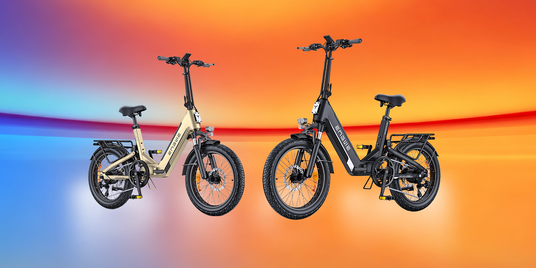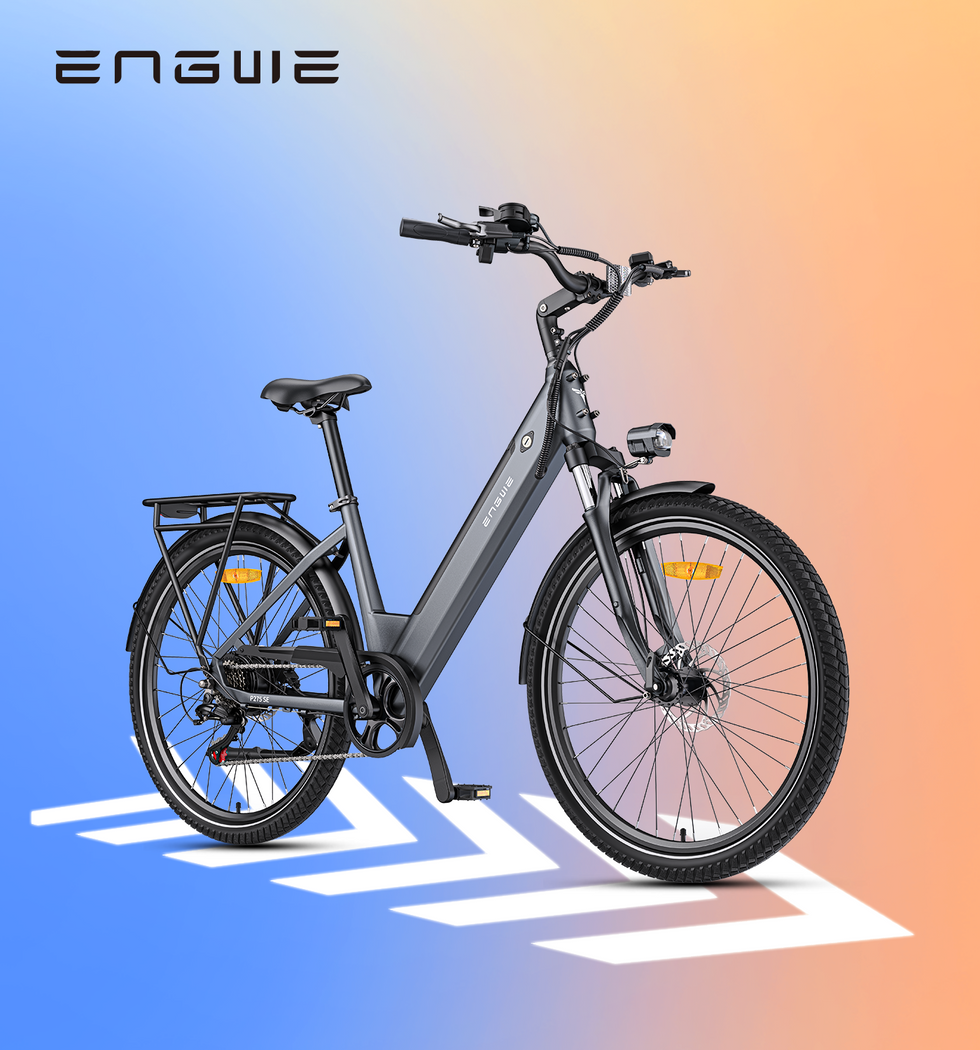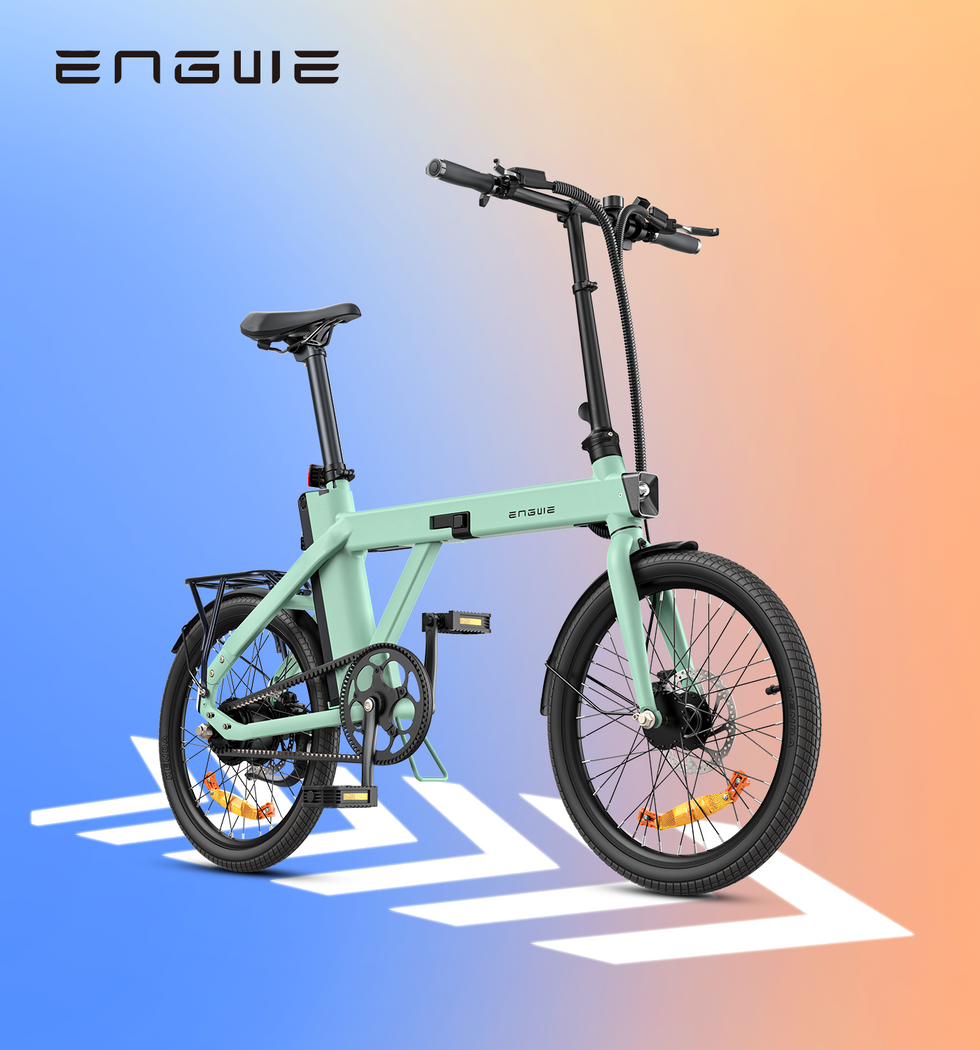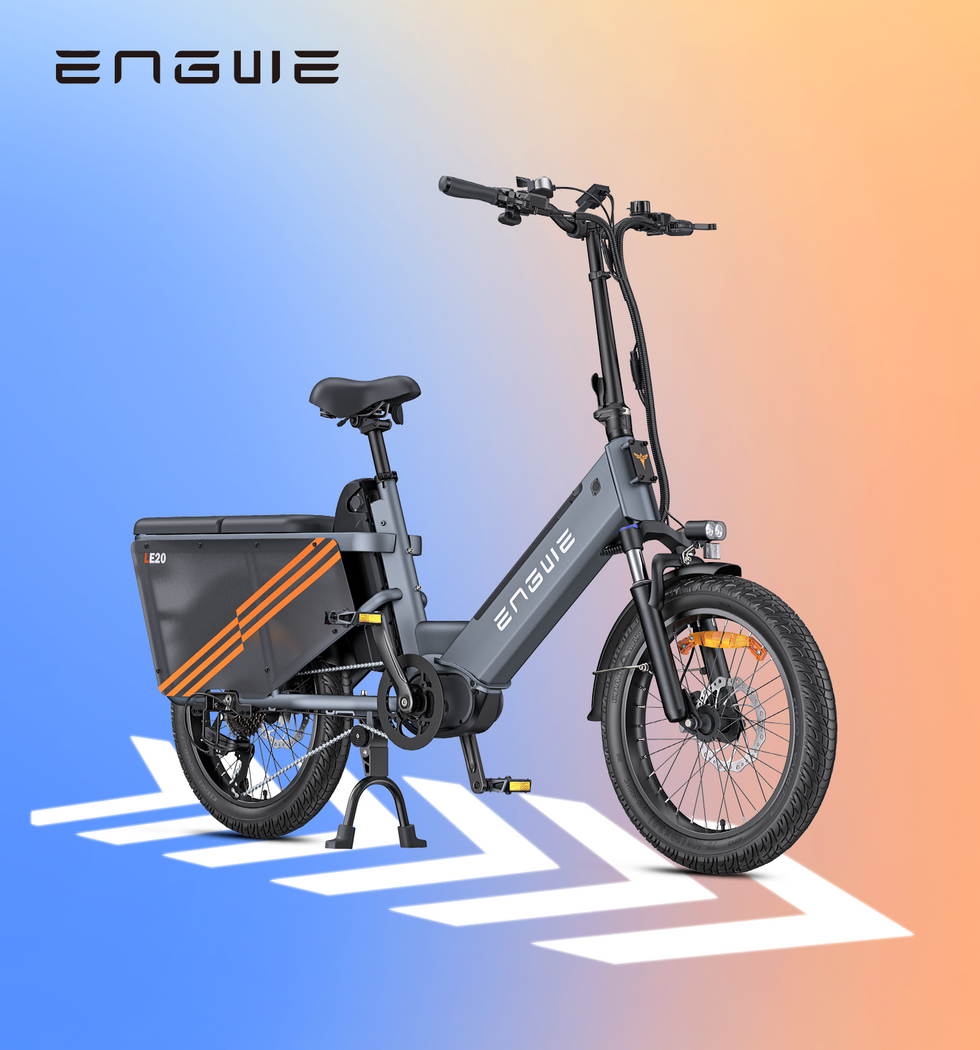What is belly fat, and why is it dangerous?
That annoying, fatty bump in your belly consists of two types of fats: subcutaneous and visceral fat. Subcutaneous fat is found directly beneath the skin and is more noticeable due to its proximity to the abdomen area. While subcutaneous fat is the primary source of body-image concerns, visceral fat, which surrounds deep internal organs, poses the real danger.
The common diseases associated with obesity, such as type 2 diabetes and heart disease, are caused by excess visceral tissue. So, lowering visceral tissue content should be your primary goal for not only aesthetic purposes but long-term vitality too.
How do you know if you have excess belly fat? A waist circumference of more than 35 inches and 40 inches in women and men, respectively, is a sign of excess belly fat.
The dangers of belly fat are understated, which is why it is common nowadays. Here are a few dangers backed by science to get you concerned and on those cycles:
-
Various studies connect belly fat with high blood pressure, diabetes, and strokes.
-
The chances of kidney and liver diseases increase with high belly fat.
-
And, belly fat causes inflammation that hampers the immune system.
So, how do you prevent all this harm to your health caused by belly fat? The short answer: cycling.
How does cycling burn belly fat?
Cycling is the solution to both types of fat present in your abdominal area. If you are a regular cycler following a consistent regimen, your belly fat will vanish. This is backed by science. But, how?
Cycling is a low-impact cardiovascular exercise that is relatively extended compared to weightlifting or even running because it is enjoyable and less burdensome to the body. If done at the right intensity and form, which are mentioned below as best cycling practices, calorie burning and fat oxidation are significantly increased.
Cycling engages several muscle groups of the body, which increases metabolism rates, reflecting more fat burning. If you cycle consistently, both overall fat in the body and abdominal fat will decline.
While cycling, your elevated heart rate is in Heart rate zones 3-5. This is significant because excess post-exercise oxygen consumption (EPOC) is induced in these zones, meaning your body burns calories hours after your exercise session.

Best practices to burn belly fat with cycling
If done right, cycling can be a one-stop solution for a healthy lifestyle. How? The fat-burning aerobic exercise is a mix of strength and endurance that enables calorie burning while strengthening or maintaining muscle mass, especially in the abdominal area.
If you want that six-pack, cycling is your answer. But, only if you do it right. Here are a few ways to optimize the health benefits of cycling:
The 80/20 rule is ideal for beginners
The 80/20 rule is an efficient way to burn belly fat by regulating training intensity. The popular rule implies riding at low to moderate intensity for 80% of the ride time and moderate to high-intensity for the remaining 20%.
Coaches prescribe the 80/20 technique all the time because it effectively manages effort by storing energy during low intensity, which is utilized during high intensity periods for better gains.
The science behind the 80/20 rule is fascinating. As your fast-twitch muscle fibers generate lactate during high intensity periods, it is efficiently recycled by slow-twitch muscle fibers. The result is impressive: you will be able to work harder at high intensity training.
You can track your cycling session progress for better 80/20 results with the ENGWE EP-2 Boost, an EU legal 250 W electric bicycle with an integrated display cluster showing:
-
Real-time speed,
-
Mileage,
-
And, battery life.
If cycling is the one-stop solution to all your health problems, the ENGWE EP-2 Boost is the one-stop solution to all your cycling needs.

Bicycle type
While you can lose belly fat with any bicycle, it is critical to enjoy the experience to make it worthwhile. Your cycling journey will take you through various terrains, physical and mental limits, and numerous obstacles.
It is necessary to invest in a bicycle that fulfills all your exercise needs, especially when your well-being is at stake. To extract every bit of benefit from cycling, you need a solid cycle.
The future is electric. And, like everything else, cycling has also turned electric. These e-bikes have changed the landscape of cycling for the better by adding several miles to the average cyclist’s sessions.
Take the EP-2 Boost, for example. Its 20 x 4.0-inch tires are built for every terrain — from the signature cobbled European town streets and modern asphalt roads to sand, gravel, and dirt. It also comes with one-piece wheels that are better than traditional spoked wheels in every sense.

The electric part helps with prolonged cardio sessions for better results — you can cycle up to 120 km in one charge with intelligent power assists like the Boost button that unleashes a 55 Nm boost for uphill climbs. The future is here, and you need to get on board for the best belly fat burning.
Diet and rest
Similar to every exercise regimen, cycling is not all about performance in sessions. What goes on in the background is equally important. To lose belly fat, you need a caloric deficit without losing muscle.
So, aim for a deficit of 300-500 calories per day by having easily digestible pre-ride meals consisting of Greek yoghurt with bananas and berries. You need lean protein to maintain muscle for post-ride meals with nutrient-rich carbs — grilled chicken with roasted vegetables and sweet potato is a great fix.
Rest is vital for losing belly fat/weight. If you are sleep-deprived, studies show you are more likely to gain weight through exercise. Get enough sleep so you do not miss cycling sessions.
Concluding Remarks
Belly fat is not only a cosmetic annoyance but a severe health risk if left unchecked. Despite its stubbornness, you can easily lose belly fat with cycling — a game-changer for your fitness routine. If you follow a consistent, well-balanced cycling routine every day, you’ll lose belly fat in no time.



